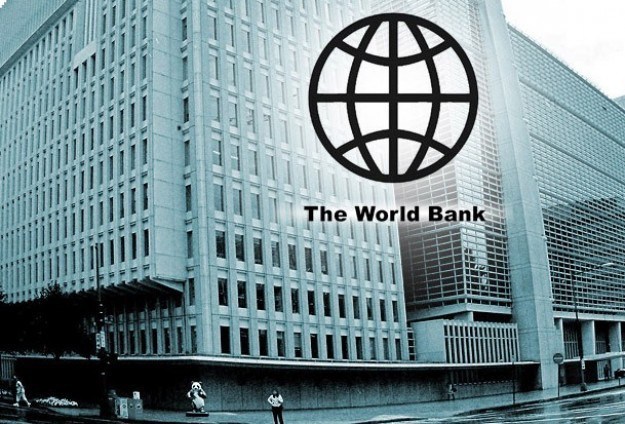The debt crisis of many African countries has been generating apprehension in the international community over the additional debts burden created by rising interest rates. Apparently, a report by an international credit agency, Standard and Poor’s (S&P), raised alarm that interests on debts owed by 11 African countries were at a crisis level.
The 11 African countries were identified to be part of the World Bank’s Heavily Indebted Poor Country (HIPC) Initiative of the early 1990s.
The report from international credit agency, Standard and Poor’s (S&P), lists Uganda, Rwanda and Ethiopia among the 11 countries where the HIPC Initiative had failed.
The report indicated that more than two decades after HIPC, debt-servicing costs were back to pre-crisis levels and have been increasing since 2011.
“Does this mean that the World Bank’s aim to ensure that the world’s poorest countries were not burdened by unmanageable or unsustainable debt has faltered? Arguably, yes,” the report indicated.
Uganda’s national debt has nearly trebled in the past three years to more than 50 per cent of GDP, creating a risk of default, since nearly two-thirds of that borrowing is external, the central bank said recently.
The Bank of Uganda said the rising costs of servicing the country’s $15.1 billion debt could hit economic growth because of reduced public investment. Three years ago, Uganda’s debt was just $6 billion.
The debt is mostly a result of a ramping up of borrowing, mostly from China, to fund infrastructure projects including roads, power plants, fibre cable networks and an airport expansion.
Across sub-Saharan Africa, Standard and Poor says the government debt rose to 53 per cent of GDP last year, compared with just 11 per cent in 2011.
The report further indicated that while Africa’s debt was not at the same level as the 1990s, debt servicing as a percentage of government revenues had returned to the crisis levels of that time.
HIPC was developed by the World Bank, the International Monetary Fund (IMF) and other creditors from 1996 to reduce the debt of some poor countries, as they were unlikely to repay in full.
Some 11 countries were relieved of $99 billion, cutting their government debt from an average of 100 per cent of GDP to around 24 per cent by 2008.
As a result, “fiscal accounts are burdened by the same or higher debt-service costs relative to government revenues as pre-[bailout],” S&P revealed.
Although the debt forgiveness initiative succeeded in offering “respite for many years”, it has “failed to permanently reduce debt service burdens”, according to S&P.
“Countries have also been expanding their domestic debt-market issuance, which is also typically more expensive than traditional concessional multilateral debt. Commercial terms, shorter tenors, higher interest rates and exposure to foreign exchange fluctuations are all contributing to debt-repayment risks.”
The warnings come on the back of a report from the Organisation for Economic Co-operation and Development that the impact of tax evasion across sub-Saharan Africa had become colossal.
It says that more than $50 billion per year was being lost through illicit flows out of the continent, a sum well in excess of all the funds received through aid.

 Business7 days ago
Business7 days ago
 Football19 hours ago
Football19 hours ago
 Business7 days ago
Business7 days ago
 Education7 days ago
Education7 days ago
 Crime7 days ago
Crime7 days ago
 Covid-197 days ago
Covid-197 days ago
 Business7 days ago
Business7 days ago
 Latest5 days ago
Latest5 days ago

